The Perfect Pepper Companion: Plants That Will Make Your Peppers Thrive
The Perfect Pepper Companion: Plants That Will Make Your Peppers Thrive
Pepper plants are a popular choice for home gardeners, and for good reason. They're relatively easy to grow, and they produce a wide variety of delicious fruits. But did you know that planting the right companion plants can help your peppers thrive?
Companion planting is the practice of planting different types of plants together in order to benefit each other. Some plants can attract beneficial insects, deter pests, or improve the soil quality. By planting the right companion plants with your peppers, you can help them grow healthier and produce more fruit.
Here are some of the best companion plants for peppers:
- Basil: Basil is a classic companion plant for peppers. It helps to repel pests like aphids, spider mites, and whiteflies. It also improves the flavor of peppers when they're cooked together.
- Carrots: Carrots don't compete with peppers for nutrients, and they can actually help to improve the soil quality. They also help to suppress weeds, which can free up your time and energy to focus on your peppers.
- Cucumbers: Cucumbers and peppers can help to protect each other from pests and diseases. Cucumbers' leaves can help to shade peppers from the sun, which can help to prevent blossom end rot. Peppers can help to deter cucumber beetles.
- Marigolds: Marigolds are another great companion plant for peppers. They help to repel a variety of pests, including nematodes, aphids, and whiteflies. They also add a splash of color to your garden.
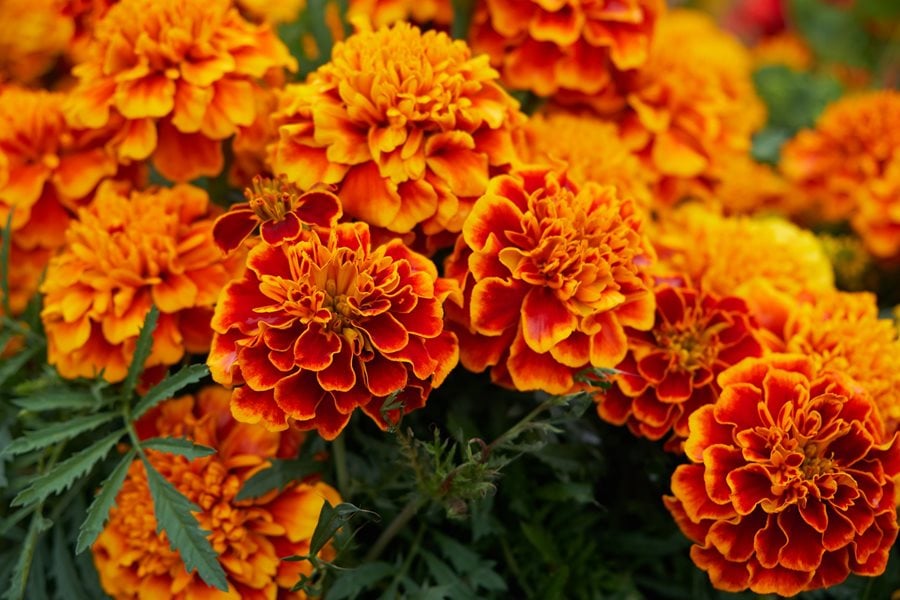
- Onions: Onions release sulfur compounds into the soil, which can help to deter pests and diseases. They also help to improve the flavor of peppers when they're cooked together.
- Peas: Peas are legumes, which means they can fix nitrogen in the soil. This can help to provide your peppers with the nutrients they need to grow healthy and strong.
- Spinach: Spinach is a cool-season crop that can be planted alongside peppers in the spring or fall. It doesn't compete with peppers for nutrients, and it can help to suppress weeds.
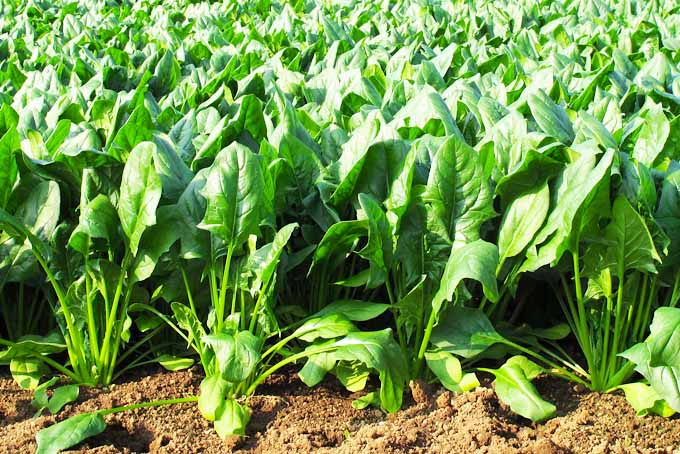
- Tomatillos: Tomatillos are related to peppers, and they can help to attract beneficial insects that can help to control pests. They also help to suppress weeds.
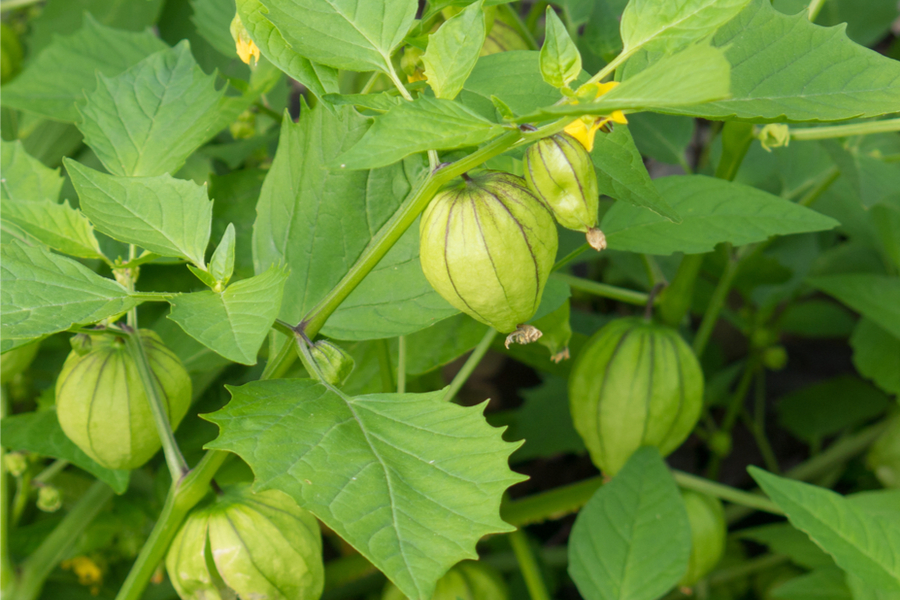
In addition to these plants, there are a few others that you should avoid planting near peppers. These include:
- Eggplant: Eggplant and peppers are both members of the nightshade family, and they can compete with each other for nutrients.
- Kale: Kale can harbor pests that can also attack peppers.
- Potatoes: Potatoes can attract the same pests that attack peppers.
By planting the right companion plants with your peppers, you can help them thrive and produce a bountiful harvest. So get out there and start planting!
Pepper companion planting is a great way to improve the health and productivity of your pepper plants. By planting compatible plants near your peppers, you can attract beneficial insects, deter pests, and improve the overall soil health in your garden.
Some of the best companion plants for peppers include:
- Basil: Basil is a classic companion plant for peppers. It helps to repel pests like aphids and mosquitoes, and it also attracts beneficial insects like ladybugs and hoverflies. Gardenia Inspiration
- Cilantro: Cilantro is another great companion plant for peppers. It helps to attract pollinators, and it also releases compounds that can help to protect peppers from diseases.
- Dill: Dill is a member of the carrot family, and it can help to repel pests like carrot flies and cabbage loopers. It also helps to improve the flavor of peppers.
- Onions: Onions are a good companion plant for peppers because they help to repel pests like aphids, spider mites, and whiteflies. They also help to improve the drainage in the soil around your peppers.
- Marigolds: Marigolds are a beautiful and beneficial companion plant for peppers. They help to repel pests like nematodes, aphids, and whiteflies. They also help to improve the drainage in the soil around your peppers.
If you're looking for more information about pepper companion planting, I recommend visiting Gardenia Inspiration. This website has a wealth of information on the topic, including a list of compatible plants, tips for planting, and more.
FAQ of pepper companion
- What are some good companion plants for peppers?
Some good companion plants for peppers include:
- Basil: Basil helps to repel pests like mosquitoes, aphids, and whiteflies. It also improves the flavor of peppers.
- Cucumbers: Cucumbers help to suppress the growth of harmful soil nematodes, which can damage pepper plants.

- Marigolds: Marigolds attract beneficial insects like ladybugs and lacewings, which help to control pests. They also help to improve soil drainage.

- Onions: Onions help to repel root-knot nematodes, which can damage pepper plants. They also help to improve the flavor of peppers.

- Spinach: Spinach helps to suppress the growth of weeds, which can compete with pepper plants for water and nutrients.

- What are some bad companion plants for peppers?
Some bad companion plants for peppers include:
- Potatoes: Potatoes and peppers are both susceptible to the same diseases, so planting them together can increase the risk of infection.

- Tomatoes: Tomatoes and peppers can compete for water and nutrients, so it is best to avoid planting them together.
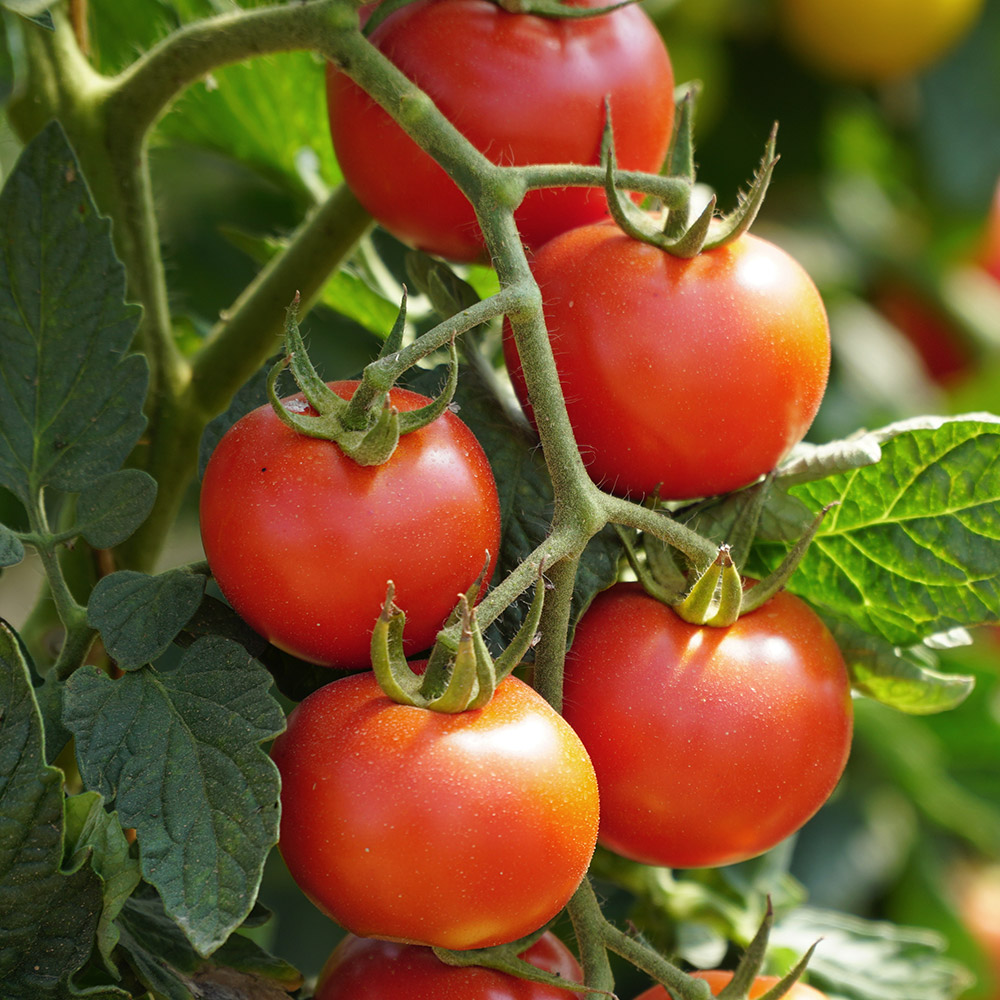
- Cabbage: Cabbage can attract pests like cabbage loopers, which can also damage pepper plants.
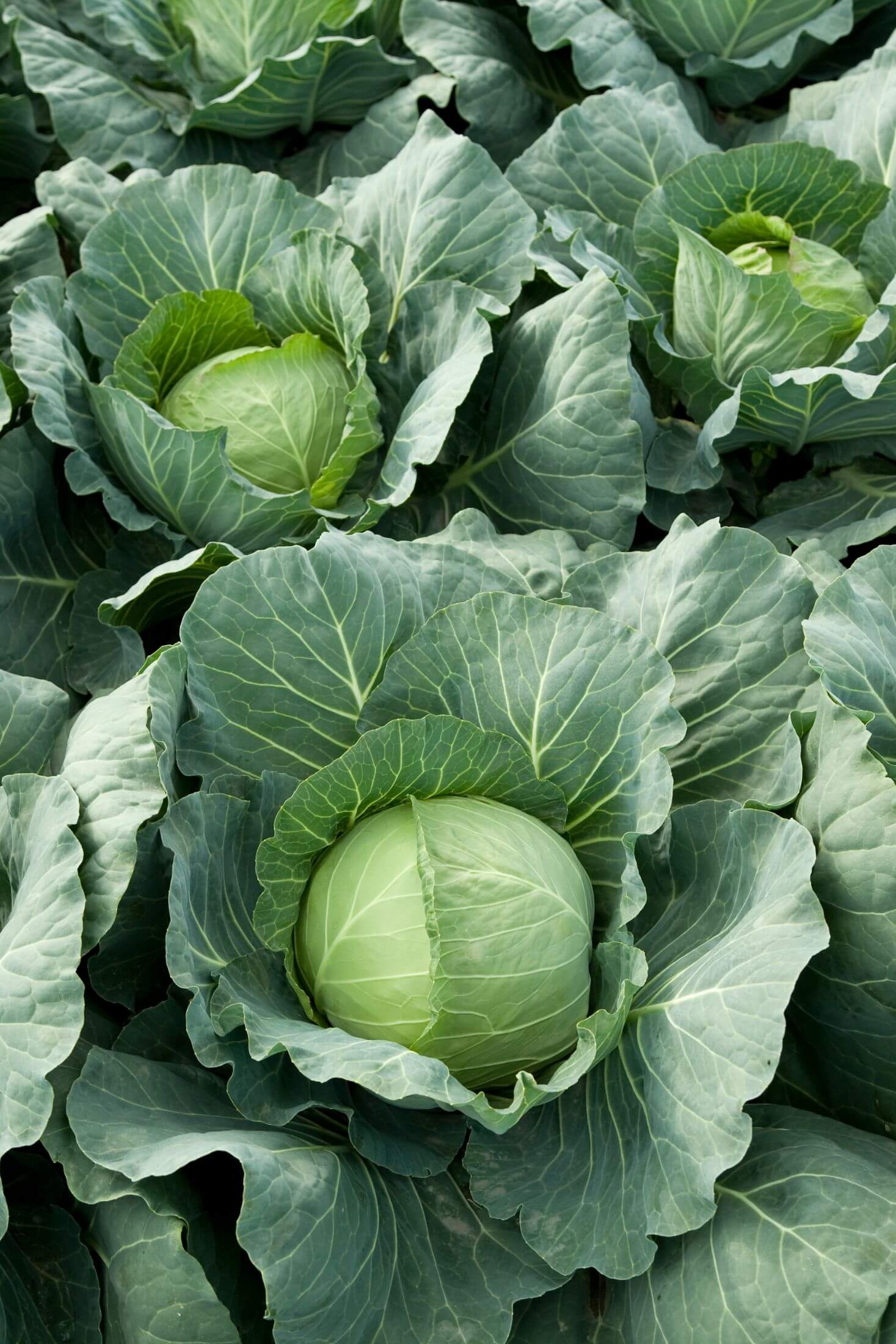
- Melons: Melons and peppers require different amounts of water, so planting them together can lead to problems with overwatering or underwatering.
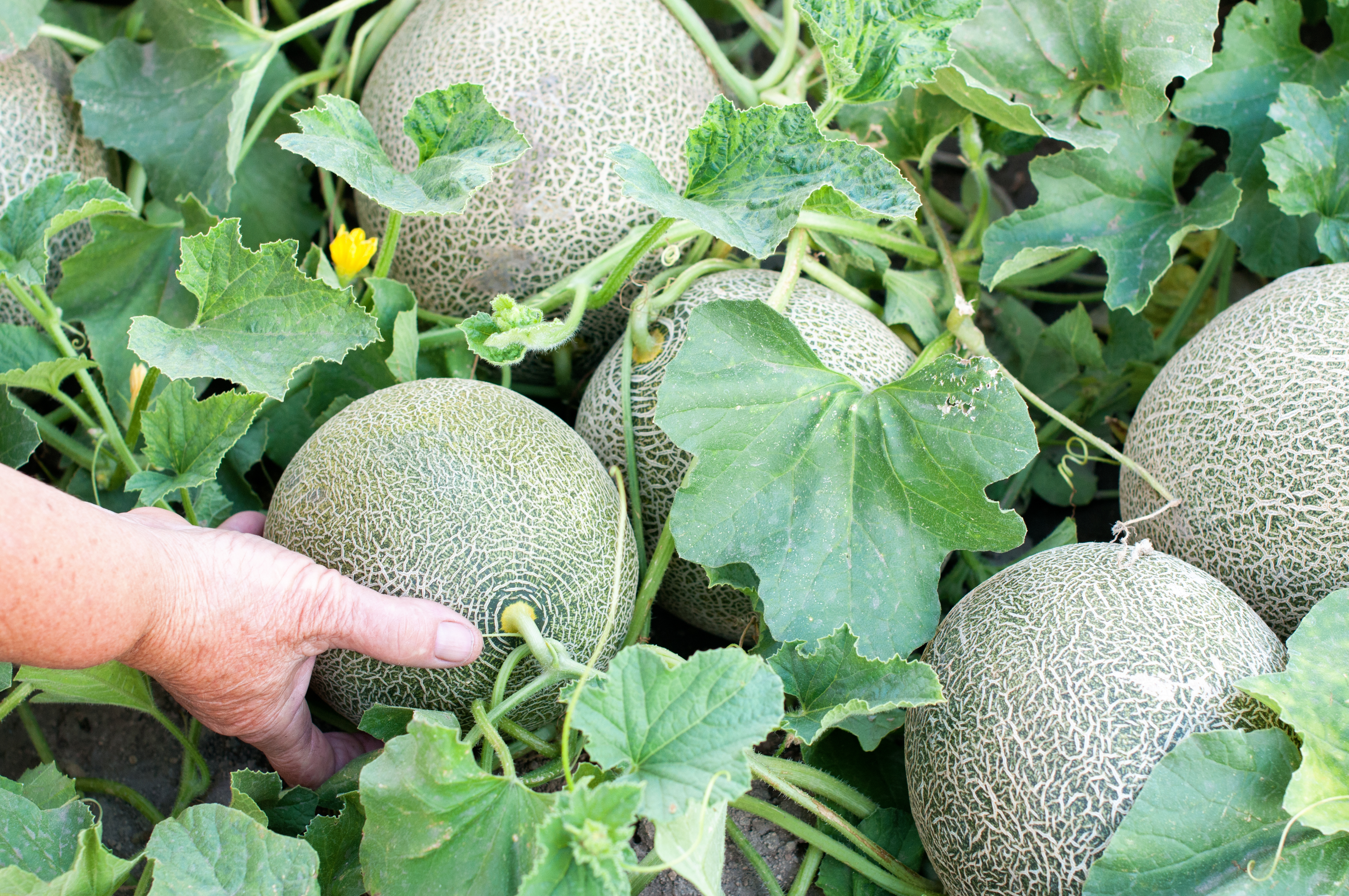
- Squash: Squash can attract pests like squash bugs, which can also damage pepper plants.
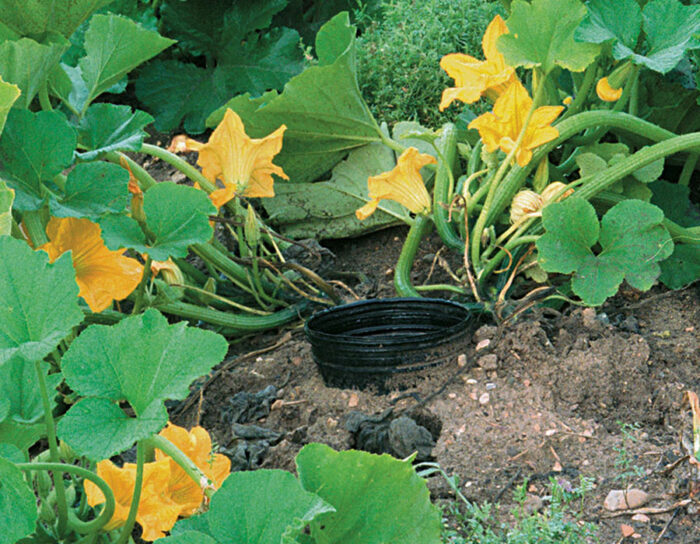
- How far apart should pepper plants be planted?
The spacing between pepper plants depends on the variety of pepper and the growing conditions. In general, pepper plants should be spaced 18-36 inches apart.
- How much water do pepper plants need?
Pepper plants need regular watering, especially during hot, dry weather. Water the plants deeply so that the water reaches the roots. Aim to water the plants once a week, or more often if the weather is hot and dry.
- How do you fertilize pepper plants?
Pepper plants need regular fertilization to produce a good crop. Fertilize the plants every 2-4 weeks with a balanced fertilizer, such as a 10-10-10 fertilizer.
Image of pepper companion
5 different images of "pepper companion" from Pinterest:
- A photo of a red bell pepper next to a yellow bell pepper.
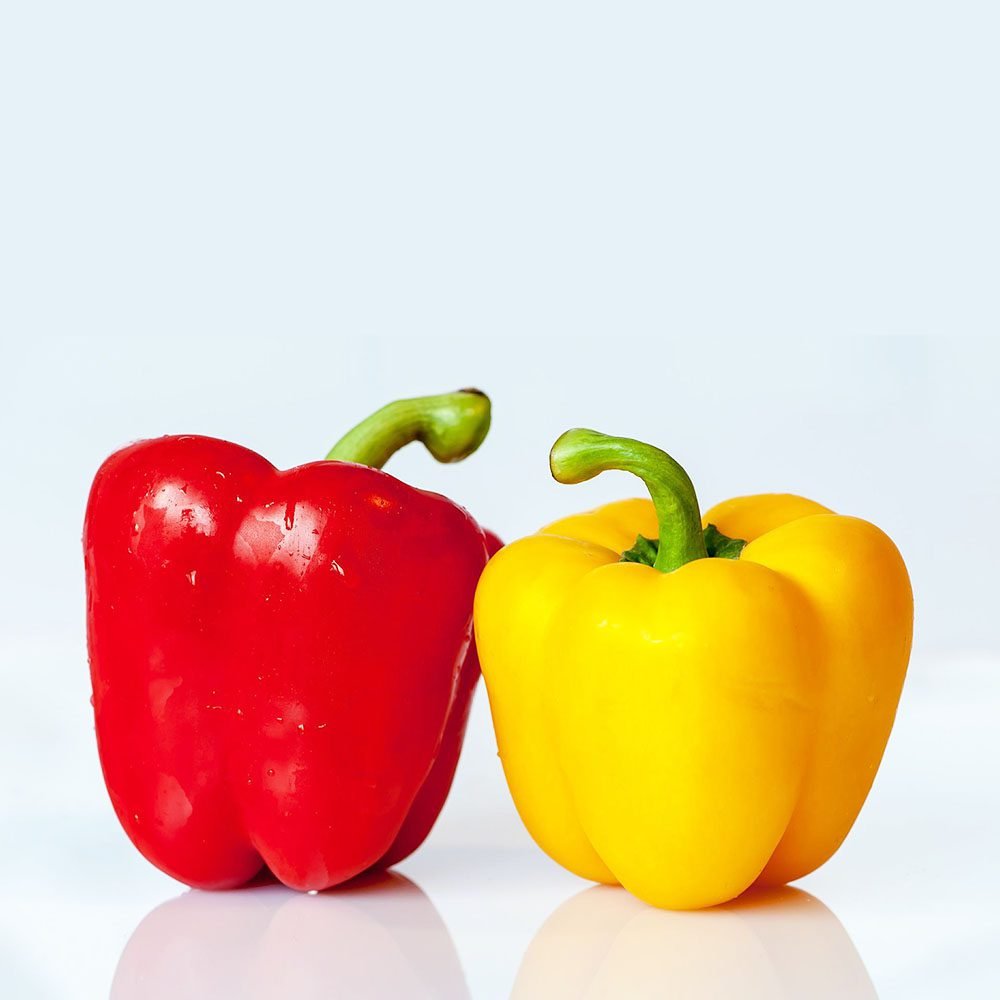
- A photo of a jalapeno pepper next to a poblano pepper.

- A photo of a cayenne pepper next to a habanero pepper.
- A photo of a black peppercorn next to a white peppercorn.
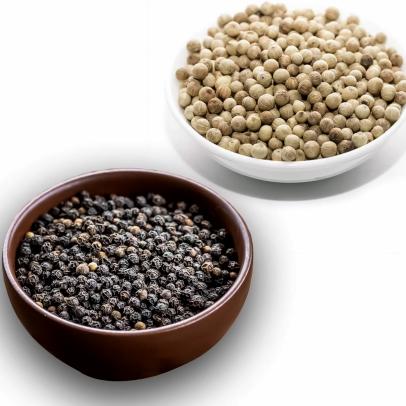
- A photo of a green bell pepper next to a red bell pepper, with a lime wedge in the center.

Post a Comment for "The Perfect Pepper Companion: Plants That Will Make Your Peppers Thrive"